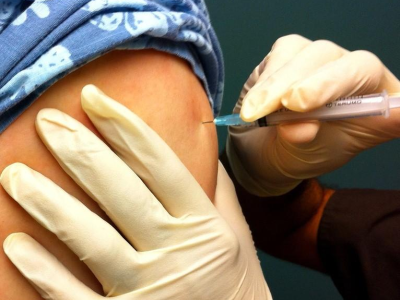Survey finds low postgrad stewardship training in pharmacists, nurses
British investigators conducted an international survey and found that postgraduate training and support in antibiotic prescribing remain low among nurses and pharmacists, and, although antibiotic policies and committees are established in most institutions, surveillance of antibiotic use is not, according to a new report in Antimicrobial Resistance & Infection Control.
The authors polled 505 professionals who had taken a Massive Online Open Course (MOOC) on antibiotic stewardship. Their aim was to assess their organizations' resources for antimicrobial stewardship. Of the respondents, 36% were physicians, 26% pharmacists, 18% nurses, and 20% other professions.
Post-graduate training in infection management and stewardship was reported by 56% of physicians, 43% of nurses, and 35% of pharmacists. The researchers also found that 65% of primary care centers had antibiotic policies, compared with 83% of teaching hospitals and 79% of regional hospitals.
Fifty-eight percent of teaching hospitals and 62% of regional hospitals reported a surveillance mechanism for antibiotic consumption. Respondents identified antimicrobial resistance, patient needs, policy, peer influence, and specialty-level culture and practices as important determinants for stewardship decision-making.
Feb 12 Antimicrob Resist Infect Control study
Use of antibiotics to promote growth in food animals down, OIE report says
The use of antimicrobials for growth promotion in food animals worldwide is down, and more nations are reporting specific data on the use of the drugs in livestock, according to the World Organization for Animal Health's (OIE's) third annual report on antimicrobial agents in animals, published today.
A total of 110 countries of 155 surveyed (71%) did not use any antimicrobial drugs for growth promotion as of 2017, which is up from 86 of 146 (59%) reported in the second annual report, published in 2017. Of the 45 countries that used antimicrobials to promote growth, according to today's report, 18 (40%) had a regulatory framework that either provided a list of antimicrobials that can be used as growth promoters or provided a list of those that should not be used as growth promoters.
In addition, today's report noted that 118 nations of 155 (76%) reported quantitative data for one or more years from 2015 to 2017, up slightly from 107 of 146 countries (73%) in the 2017 report. In the OIE's first such report, published in 2016, the rate was 89 of 130 nations (68%).
The authors of the report conclude, "The OIE remains strongly committed to supporting our Members in developing robust measurement and transparent reporting mechanisms for antimicrobial use, but the challenges for many of our Members must not be under-estimated."
Feb 14 OIE report











